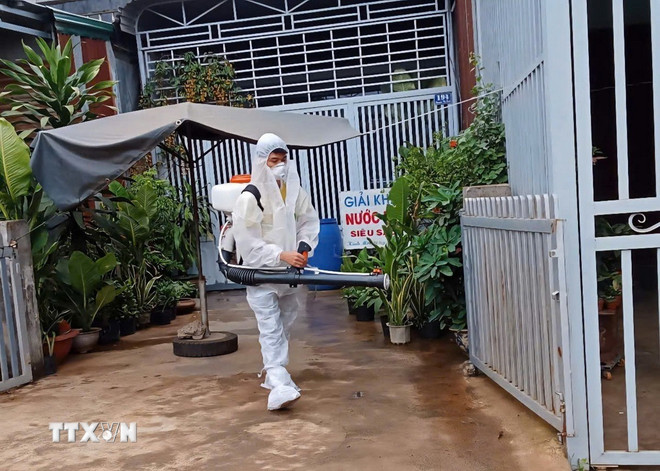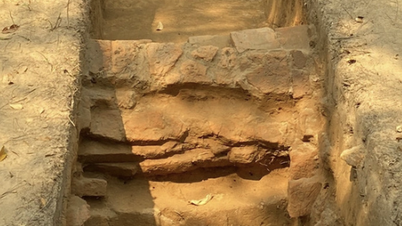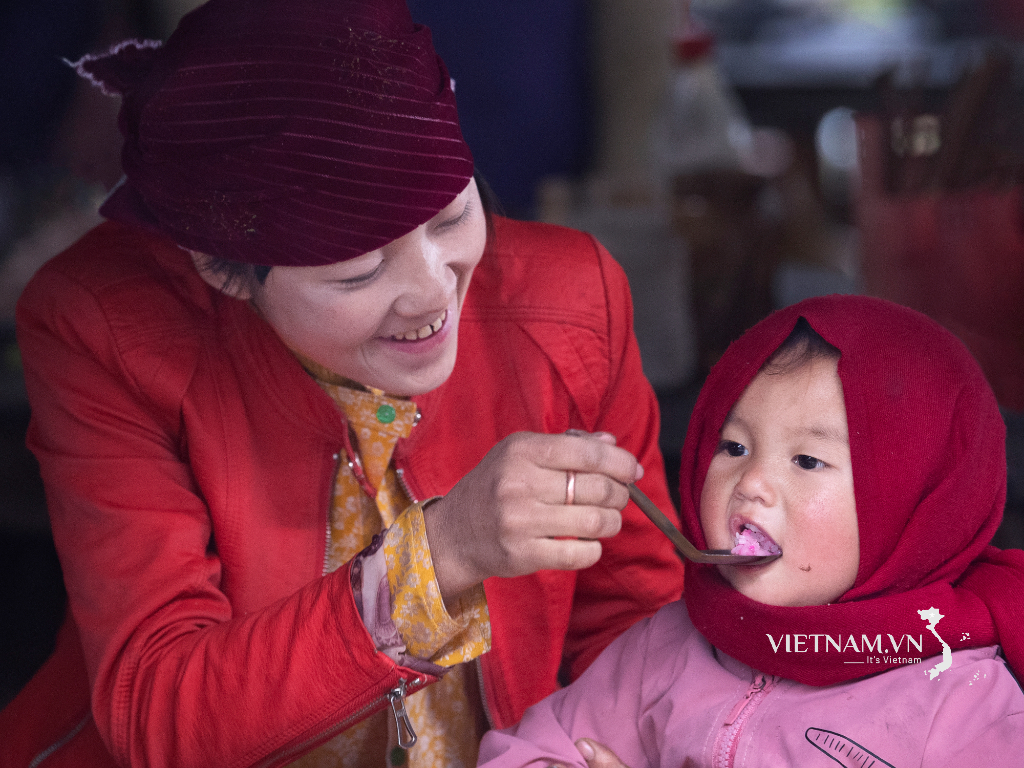Over the past month, the dengue fever situation in Dak Lak has tended to increase sharply with the number of cases continuously recorded every day.
This is a high increase compared to the same period last year, posing a potential risk of an outbreak if there are no timely and synchronous response measures from all levels, sectors and people.
According to the Dak Lak Provincial Center for Disease Control, from the beginning of 2025 to now, the whole province has recorded 1,316 cases of dengue fever, an increase of more than 30% over the same period last year.
Some localities have a high number of cases such as Cu M'gar area with 213 cases (1.8 times increase), Buon Ma Thuot 161 cases, Tuy An 96 cases... Notably, from the beginning of June until now, the number of cases has increased dramatically, with peak days recording 20-25 cases.
At Buon Ma Thuot General Hospital (Buon Ma Thuot Ward), the number of dengue fever cases admitted to the hospital has increased significantly. According to specialist doctor I Tran Thanh Quy, Deputy Head of the Emergency Resuscitation Department, the hospital is treating about 26 dengue fever cases in the Internal Medicine-Infectious Diseases and Pediatrics Departments, of which the Emergency Resuscitation Department is receiving two cases with severe warning signs.
"Dengue fever occurs almost all year round, but from June until now, it has tended to increase. Cases with warning signs of dengue shock will be transferred to the Emergency Department for monitoring and timely treatment," said Dr. Quy.
Symptoms of dengue fever usually develop in two stages. In the first 3 days, the patient has a high fever, headache, fatigue, which can be easily confused with viral fever. From the 4th day onwards, although the fever may decrease, the patient may show severe signs such as spontaneous bleeding, shock, increased liver enzymes, and rapid decrease in platelets.
About one-third of hospitalized cases are at risk of developing severe illness, depending on the type of dengue virus (the virus that causes dengue fever), the ability to monitor and care for relatives and the medical team.
The case of patient Y'Hon Hra (13 years old, in Ea Nuol commune, Dak Lak province) is a typical example. After 2 days of treatment at the Pediatrics Department, Buon Ma Thuot General Hospital, on the 4th day, the patient showed warning symptoms of dengue fever such as high fever, severe abdominal pain, vomiting, lethargy, liver enzymes increased over 1,000, and platelets decreased rapidly.
After consultation with doctors, the patient was transferred to the Emergency Department for close monitoring. After 4 days of intensive treatment, the patient's condition improved and his health became more stable.
Ms. H'Djue Hra (the patient's mother) said that there are many people with dengue fever in the area near her house, and currently three people are being treated at the hospital.
"Around my house there are many cow sheds of neighbors, there are many mosquitoes, now I will try to clean them to prevent diseases for the whole family," Ms. H'Djue Hra informed.

The cause of the increase in dengue fever in Dak Lak is determined to be due to the rainy season - favorable conditions for Aedes mosquitoes to develop and spread the Dengue virus. This is also the year falling into the peak epidemic cycle every 3 years (2019-2022-2025).
Mr. Hoang Hai Phuc, Director of the Dak Lak Province Center for Disease Control, said that the epidemic is at high risk of breaking out if the grassroots health sector does not simultaneously implement measures.
In addition, people's awareness of disease prevention is still subjective. In many places, people leave the disease prevention work to the health sector, and have not done a good job of environmental sanitation and eliminating mosquito larvae.
The provincial health sector has implemented many synchronous solutions to prevent and control dengue fever. The Department of Health issued official dispatches to direct and develop epidemic response plans at regional health centers, commune and ward health stations right from the beginning of the rainy season; at the same time, it organized investigation, monitoring, communication and timely handling of the epidemic.
The provincial Center for Disease Control has advised on developing a master plan, proactively spraying chemicals at key epidemic sites, and ensuring adequate supply of materials, chemicals, and medicines when an epidemic breaks out.
After the merger, regional medical centers and commune and ward health stations under the Department of Health are maintaining regular operations, ensuring full implementation of professional activities, especially epidemic prevention and control work, Mr. Phuc informed./.
Source: https://www.vietnamplus.vn/dak-lak-benh-sot-xuat-huyet-gia-tang-manh-nguy-co-bung-phat-dien-rong-post1048727.vnp





























![[Photo] Gia Lai provincial leaders offer flowers at Uncle Ho's Monument with the ethnic groups of the Central Highlands](https://vphoto.vietnam.vn/thumb/1200x675/vietnam/resource/IMAGE/2025/7/9/196438801da24b3cb6158d0501984818)







































































Comment (0)